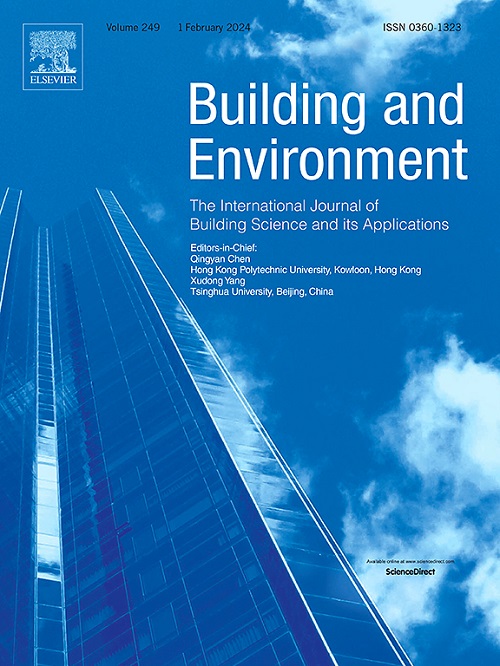Personal indoor comfort models through knowledge discovery in cross-domain semantic digital twins
IF 7.1
1区 工程技术
Q1 CONSTRUCTION & BUILDING TECHNOLOGY
引用次数: 0
Abstract
Methods to assess the performance of a building have been developed for decades, however, many buildings still do not satisfy their occupants in their indoor comfort preferences. This paper presents methods to generate insights from semantic digital twins on the perceived comfort levels of individuals to tighten the as-designed and as-perceived building performance gap. This paper first reviews existing personal indoor comfort models and shares state-of-the-art semantic web technologies in this domain. The paper then presents a generic framework to integrate heterogeneous data into knowledge graphs and use them in data mining processes. This framework is then applied to a case study in the Vertigo building in Eindhoven, The Netherlands. A wide range of information is collected, including building information models, indoor and outdoor sensor data, personal information, and feedback on indoor environmental quality. The integrated data are then used to create personal comfort models. First, multinomial logistic regression models are used to predict future dissatisfaction, after which a latent class analysis created cohorts of people with similar indoor comfort preferences. The results are stored back into the knowledge graph, after which they could be used in other applications, such as to perform occupant-centric control of systems. The methods presented in this paper are summarized in a generic framework that can be used and extended to other domains that aim to combine data integration and data mining.
求助全文
约1分钟内获得全文
求助全文
来源期刊

Building and Environment
工程技术-工程:环境
CiteScore
12.50
自引率
23.00%
发文量
1130
审稿时长
27 days
期刊介绍:
Building and Environment, an international journal, is dedicated to publishing original research papers, comprehensive review articles, editorials, and short communications in the fields of building science, urban physics, and human interaction with the indoor and outdoor built environment. The journal emphasizes innovative technologies and knowledge verified through measurement and analysis. It covers environmental performance across various spatial scales, from cities and communities to buildings and systems, fostering collaborative, multi-disciplinary research with broader significance.
 求助内容:
求助内容: 应助结果提醒方式:
应助结果提醒方式:


